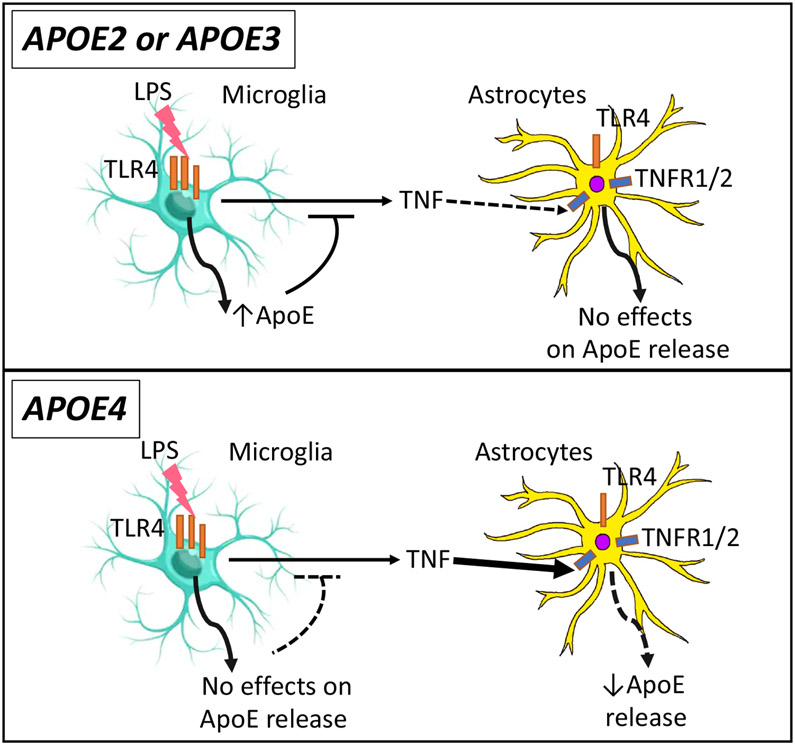Figure 7. Secretion of ApoE under endogenous inflammation.
ApoE acts as an anti-inflammatory molecule. The lower levels of apoE from APOE4 microglia predisposes to APOE4 brain reactivity to inflammatory insults (also evidenced by the higher resting protein levels of TNFα in APOE4 microglia). The higher resting levels of TNFα are associated with lower apoE levels in APOE4 microglia. Induction of inflammation by LPS increases microglial apoE secretion in APOE2 and APOE3, but not in APOE4 microglia, to eventually limit the inflammatory response. The observed elevation of apoE secretion in APOE4 microglia after TNFα might not be sufficient to inhibit TNFα signaling. While apoE2 and apoE3 levels are unchanged by inflammatory stimuli in astrocytes, apoE4 is reduced by TNFα. These opposing events create an imbalance in the inflammatory response of APOE4 microglia and astrocytes.

